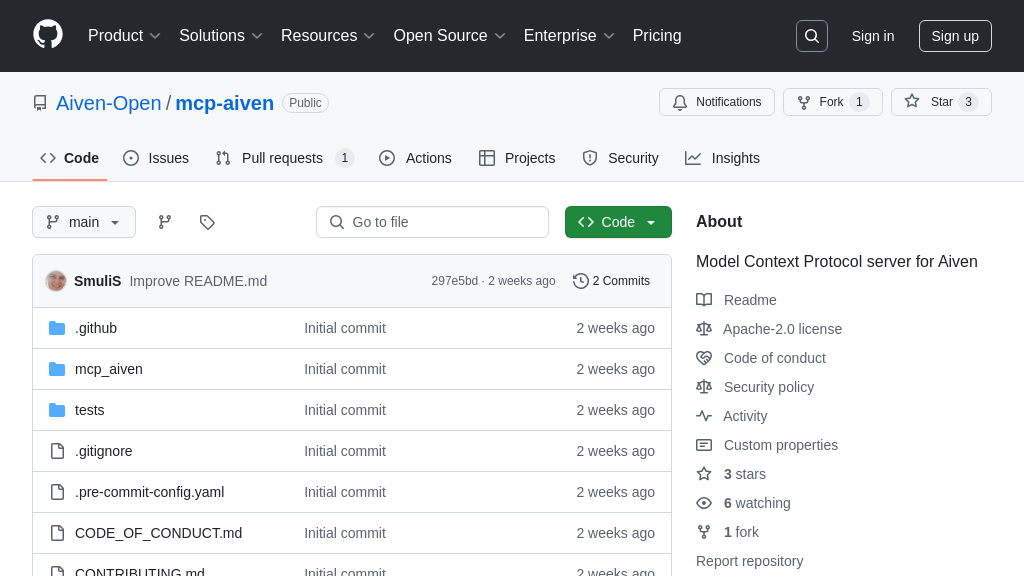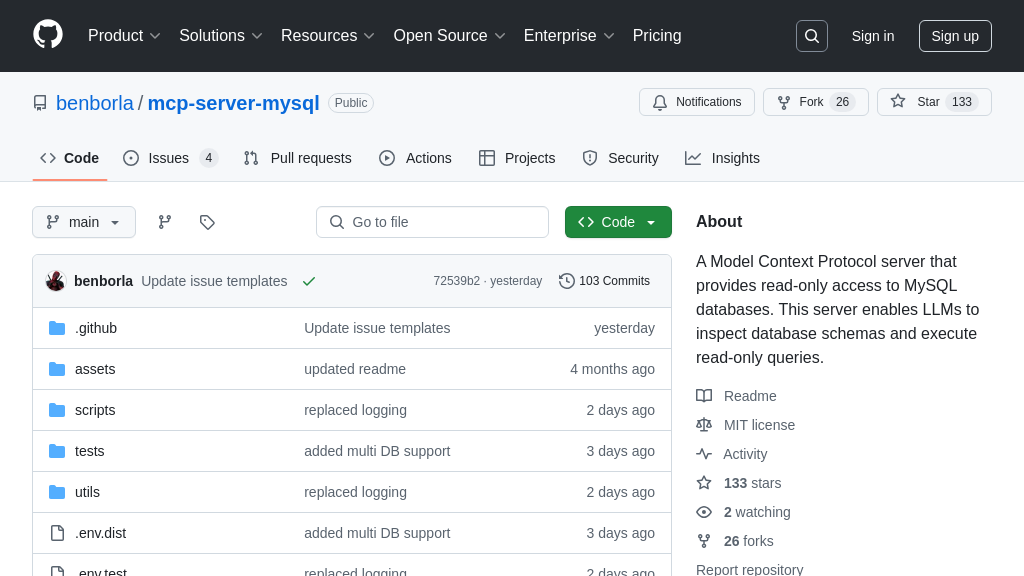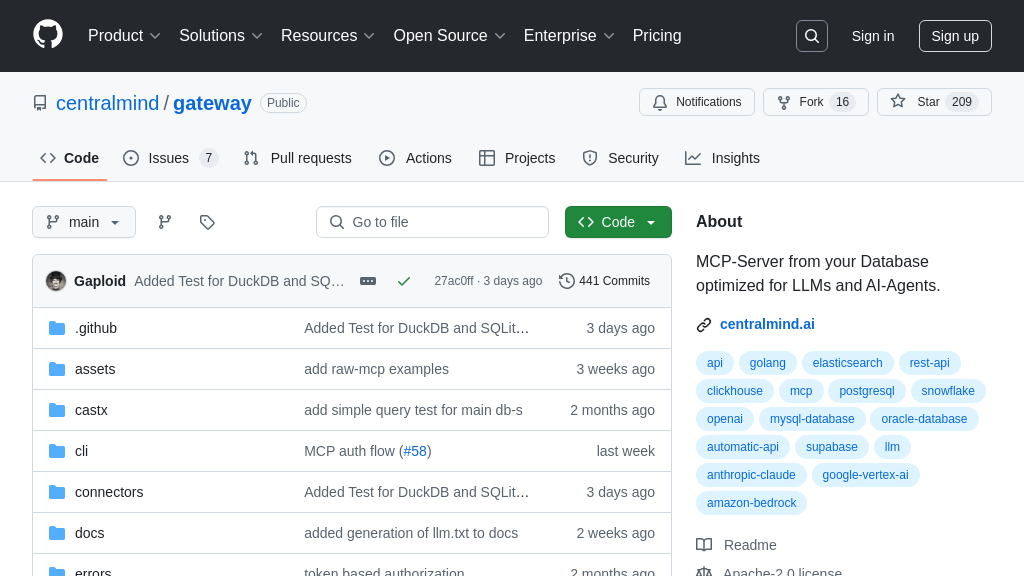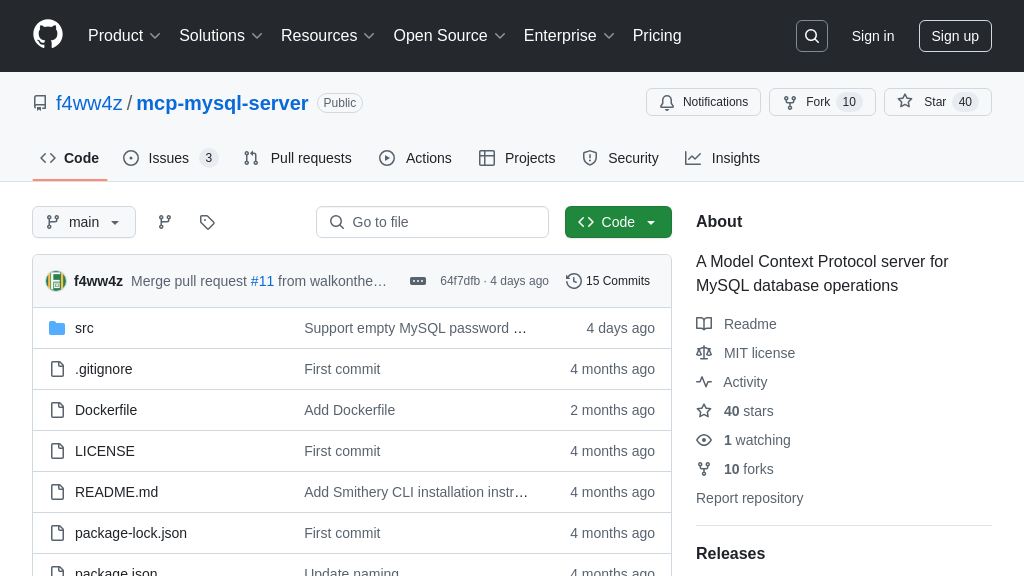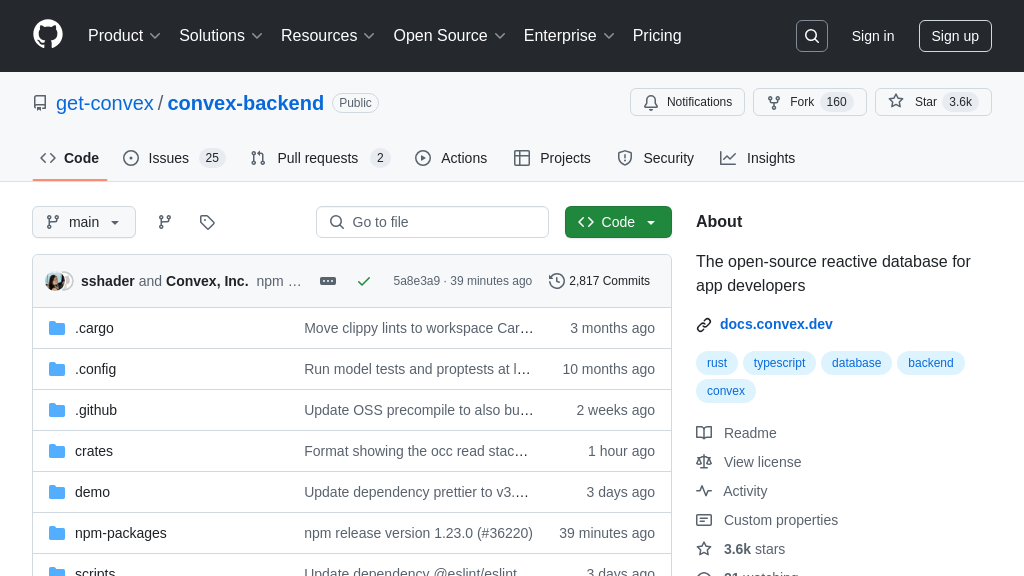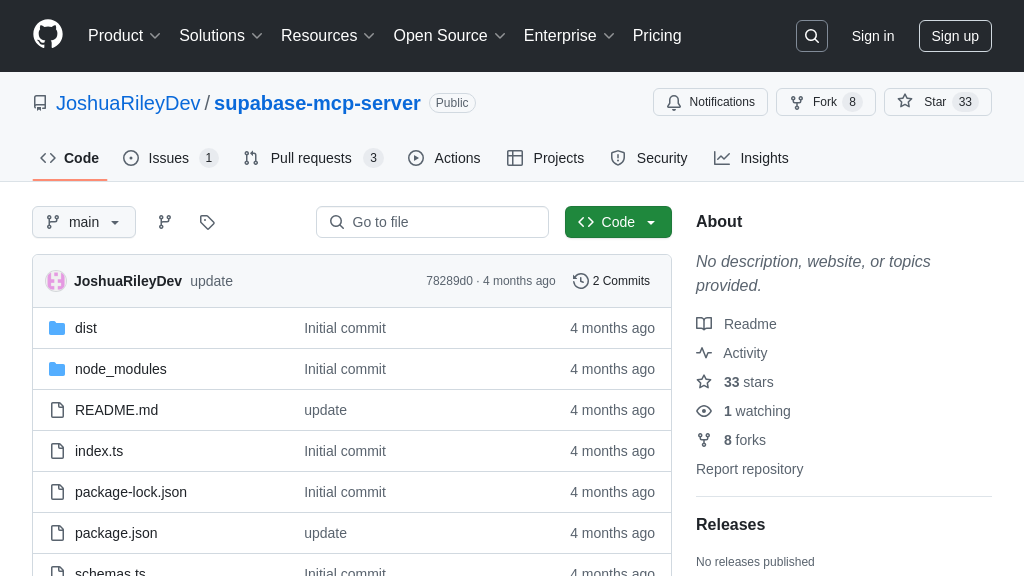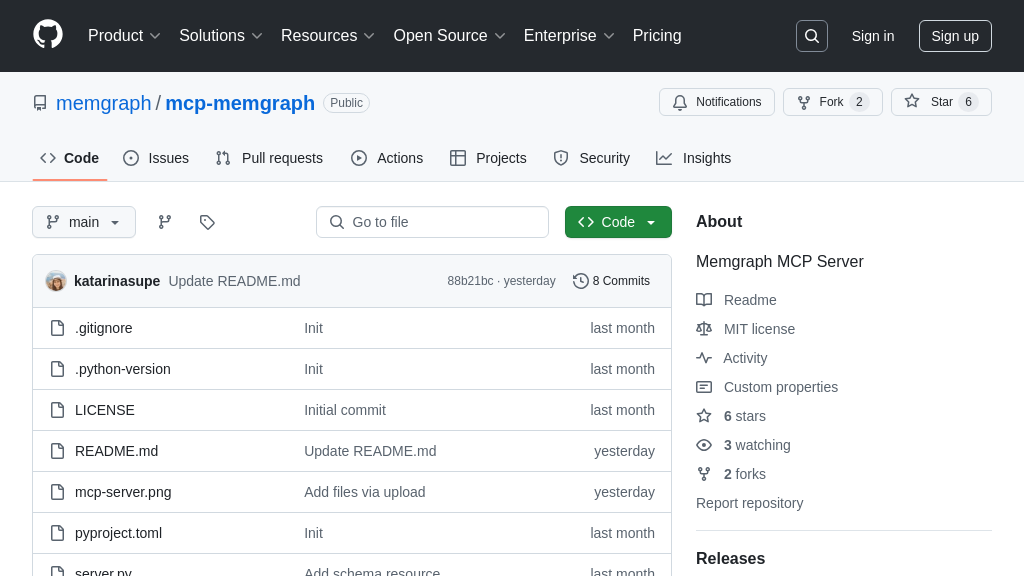wren-engine
Wren Engine: Semantic engine for AI Agents, enabling accurate business data access via MCP. Connect LLMs with enterprise data.
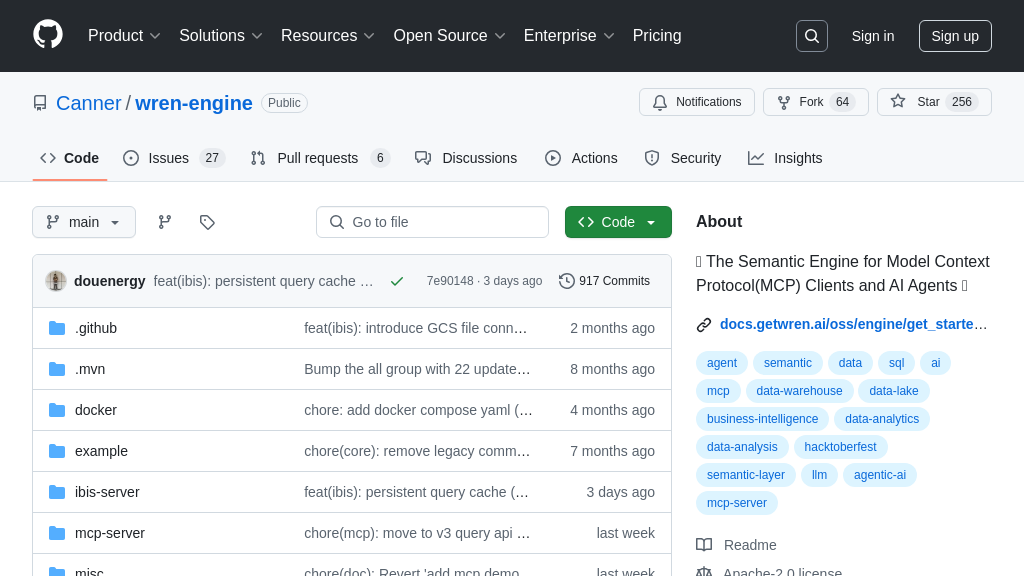
wren-engine Solution Overview
Wren Engine is a semantic engine designed for MCP clients and AI Agents, providing a crucial link between Large Language Models (LLMs) and enterprise data. It empowers AI agents with accurate, context-aware access to business data through the Model Context Protocol (MCP). By building a semantic layer within the MCP client, Wren Engine enables AI to "understand" data models and business logic, ensuring precise data interaction across diverse enterprise environments.
This engine seamlessly connects LLMs to tools, databases (like PostgreSQL, MySQL, and Snowflake), and enterprise systems, facilitating AI agent access to business data with precision and governance. Wren Engine addresses the challenge of needing accurate data model understanding, reliable calculations, clear business terminology, and robust access control. It interprets intent, maps it to the correct data, applies calculations accurately, and ensures security, making it an invaluable asset for developers building AI-powered applications within the MCP ecosystem.
wren-engine Key Capabilities
Semantic Layer for AI Agents
Wren Engine acts as a semantic layer within MCP clients, providing AI agents with a precise understanding of business context. This layer interprets the intent behind AI requests and maps them to the correct data sources, ensuring accurate calculations and secure data access. It addresses the challenge of AI agents misinterpreting raw data by providing a layer of abstraction that understands data models and business logic. This is crucial for AI agents operating in complex enterprise environments where data is often siloed and requires specific access controls.
For example, an AI agent tasked with generating a sales report can use Wren Engine to understand that "customer lifetime value" is calculated from specific fields in the customer and order databases, applying the correct formulas and respecting user-specific data access permissions. This ensures the report is accurate, relevant, and compliant with data governance policies. Wren Engine uses a Modeling Definition Language (MDL) to define these data models and business rules.
Data Model Definition via MDL
Wren Engine utilizes a Modeling Definition Language (MDL) to define data models, business logic, and access controls. MDL allows developers to create a clear and consistent representation of enterprise data, enabling AI agents to "understand" the data they are interacting with. This is essential for ensuring that AI agents can accurately interpret data and perform tasks in a way that aligns with business requirements. MDL provides a structured way to define entities, relationships, and attributes, as well as the rules that govern data access and manipulation.
For instance, an MDL definition might specify that a "customer" entity has attributes such as "name," "address," and "purchase history," and that access to purchase history is restricted to users with specific roles. When an AI agent requests information about a customer, Wren Engine uses the MDL definition to understand the structure of the data and enforce the appropriate access controls. This ensures that the AI agent only accesses the data it is authorized to see and that the data is interpreted correctly.
Interoperability with Modern Data Stacks
Wren Engine is designed to seamlessly integrate with modern data stacks, including popular databases like PostgreSQL, MySQL, and Snowflake. This interoperability allows AI agents to access and process data from a variety of sources without requiring complex data transformations or custom integrations. By supporting standard database protocols and data formats, Wren Engine simplifies the process of connecting AI agents to the data they need. This reduces the time and effort required to deploy AI solutions and ensures that AI agents can access the most up-to-date information.
For example, an AI agent can use Wren Engine to query data from a PostgreSQL database containing customer information and a Snowflake data warehouse containing sales data. Wren Engine handles the complexities of connecting to these different data sources and translating the AI agent's requests into the appropriate database queries. The results are then combined and presented to the AI agent in a consistent and understandable format. This allows the AI agent to perform complex analysis and generate insights that would be difficult or impossible to obtain without Wren Engine's interoperability capabilities.
